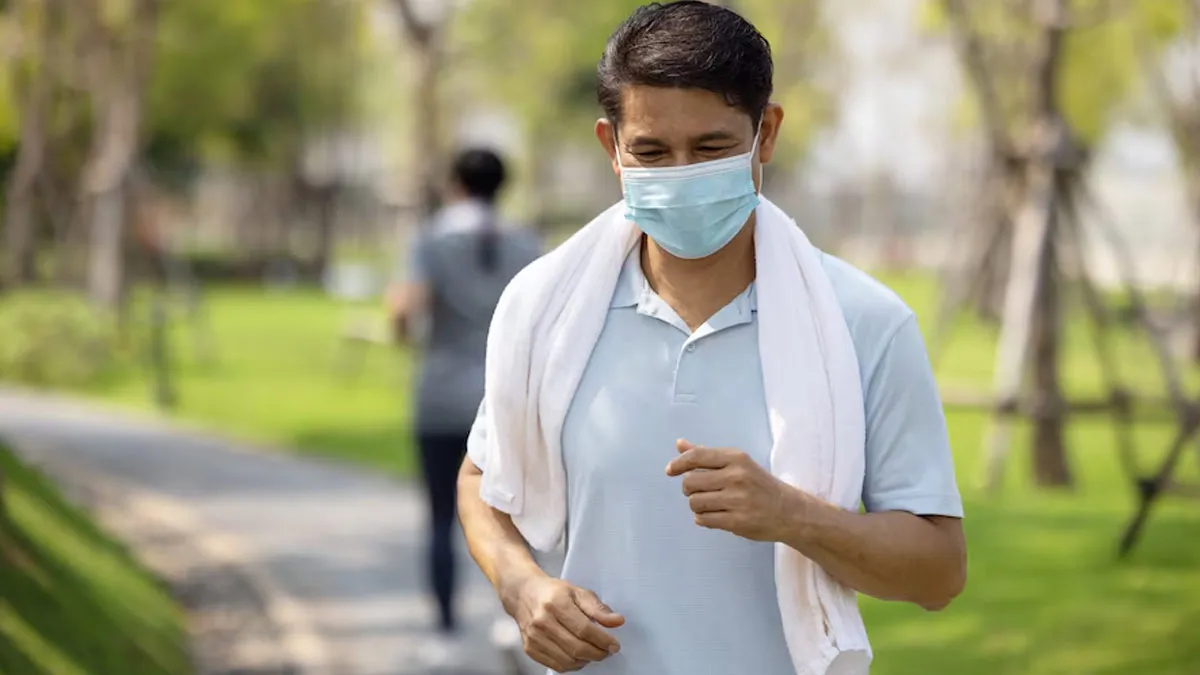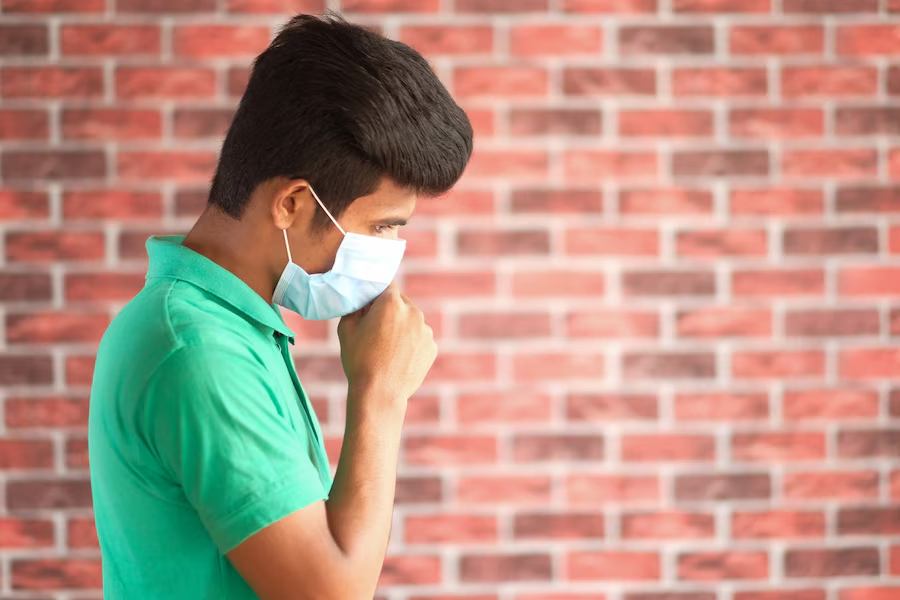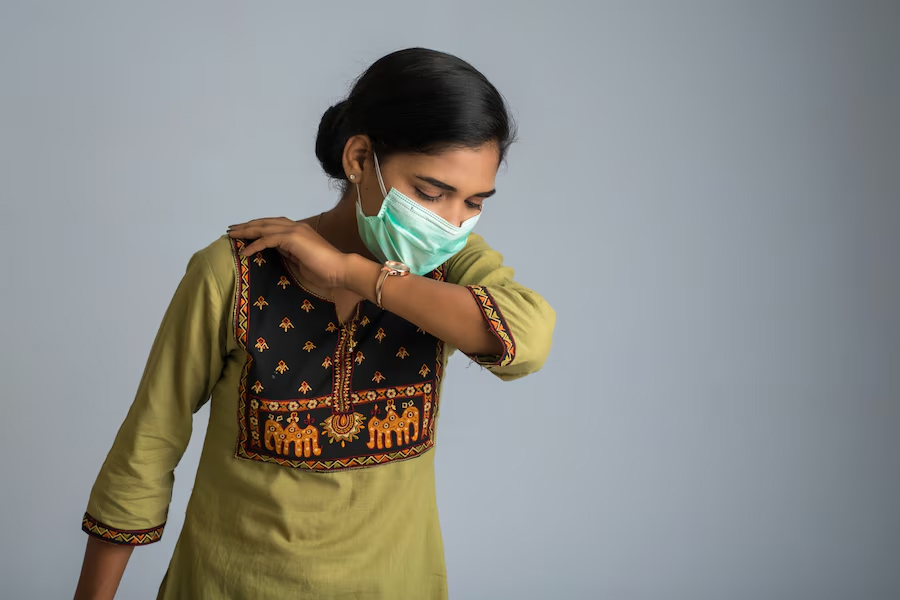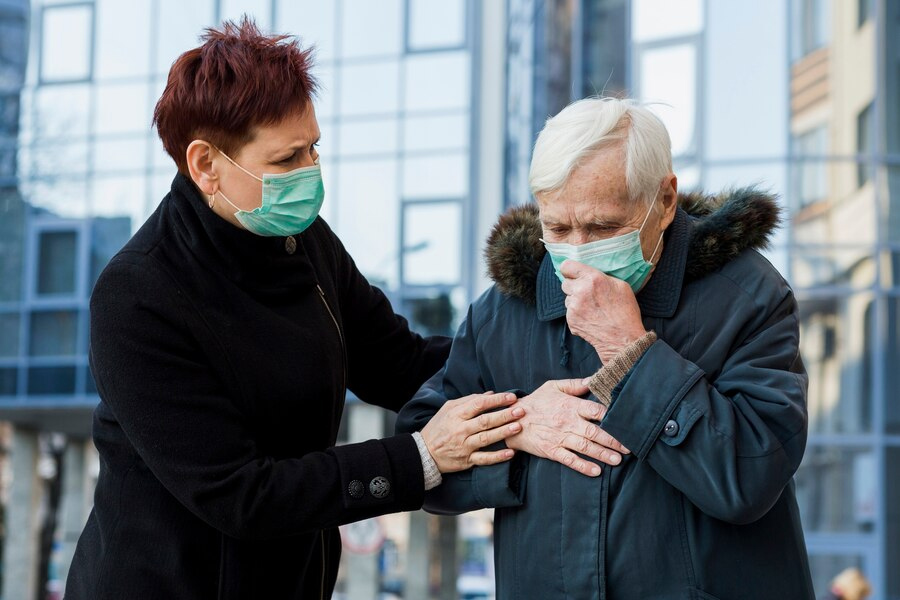
The Air Quality Index (AQI) in Delhi has been fluctuating between 'poor,' 'very poor,' and 'severe' categories. Although the National Capital Region (NCR) experienced a slight dip in pollution levels on Monday morning, the air quality remains far from breathable. The deteriorating conditions have led to a surge in cases of walking pneumonia, with many patients reporting respiratory symptoms, such as persistent cough, breathlessness, and chest discomfort.
Table of Content:-
In an interaction with the OnlyMyHealth team, Dr Sunil Kumar K, Lead Consultant - Interventional Pulmonogy, Aster CMI Hospital, Bengaluru, explains what walking pneumonia is and highlights the need for preventive measures and medical attention.
Also Read: Mycoplasma Pneumonia Cases In Japan Continue To Surge; Know All About It
What Is Walking Pneumonia?

Walking pneumonia is a type of pneumonia often caused by a bacterium called Mycoplasma pneumoniae. According to the US Centers for Disease Control and Prevention (CDC), M pneumoniae bacteria can damage the lining of the respiratory tract, including the throat, windpipe, and lungs.
Dr Kumar says walking pneumonia and regular pneumonia differ primarily in their severity and the specific pathogens responsible for the infections. Walking pneumonia is called so because people with the illness often don't need to be treated in a hospital and can seem better than expected for a lung infection. It typically presents with milder symptoms that allow individuals to maintain their daily activities, hence the term "walking."
In contrast, regular pneumonia, which can be caused by a variety of bacteria, viruses, or fungi, usually results in more severe symptoms, including high fever, significant chest pain, and difficulty breathing, often necessitating hospitalisation, shares Dr Kumar, adding that the distinction also lies in the diagnostic approach, as walking pneumonia may not always be easily identified through standard chest X-rays, which is more likely in cases of regular pneumonia.
How Poor Air Quality Contributes To Walking Pneumonia

Both outdoor and indoor air pollution can contribute to respiratory problems, including walking or regular pneumonia.
According to Dr Kumar, poor air quality increases the risk of respiratory conditions by facilitating the spread of pathogens. “Pollutants, such as Particulate Matter (PM), ozone, and volatile organic compounds, can irritate the respiratory tract, making individuals more susceptible to infections. Areas with high levels of air pollution often experience a higher prevalence of respiratory illnesses, which can lead to an increased incidence of walking pneumonia,” he tells OnlyMyHealth, adding that the compromised air quality can also weaken the immune system, reducing the body’s ability to fend off infections, thereby creating an environment conducive to the proliferation of the bacteria responsible for walking pneumonia.
Household air pollution is also responsible for major respiratory infections, especially among children. According to the World Health Organization (WHO), almost half of all deaths due to lower respiratory infection among children under 5 years of age are caused by inhaling PM (soot) from household air pollution.
"Exposure to household air pollution almost doubles the risk for childhood lower respiratory infection and is responsible for 44% of all pneumonia deaths in children less than 5 years old," the health body states.
Warning Signs Of Walking Pneumonia

According to the CDC, people with walking pneumonia may seem normal and healthy. They have mild symptoms, which is why they can go about their work and may not stay home or in bed. However, if not addressed on time, serious complications from infection can occur that may require hospitalisation. Therefore, identifying the symptoms early is crucial.
Some of the initial signs include:
- A persistent cough, which may be dry or produce minimal phlegm
- A mild fever that typically does not exceed 101 degrees Fahrenheit.
- Fatigue
- Chest discomfort
- Shortness of breath
- Sore throat
- Headache
- General malaise
Also Read: Important Precautions Heart Patients Should Take Amid Severe Air Pollution
Who Is Most At Risk?
Older adults, children, and those with pre-existing lung conditions may be at a greater risk of developing walking pneumonia. “These groups may exhibit heightened vulnerability due to various physiological and immunological factors that compromise their respiratory health,” says Dr Kumar, adding, “Children, with their developing immune systems and smaller airways, may be more adversely affected by airborne pollutants, which can exacerbate respiratory conditions.”
Similarly, older adults often experience a decline in immune function and may have pre-existing health issues that render them more susceptible to infections like walking pneumonia.
Steps To Mitigate The Risk Of Walking Pneumonia Amid Air Pollution
Individuals can adopt several practical measures to effectively manage walking pneumonia and safeguard their respiratory health, particularly during periods of poor air quality.
“Firstly, it is essential to maintain a clean indoor environment by using air purifiers equipped with HEPA filters, which can significantly reduce airborne pollutants and allergens. Additionally, individuals should prioritise staying indoors on days when air quality is particularly poor, minimising exposure to harmful outdoor pollutants. Engaging in gentle indoor exercises, such as yoga or stretching, can help maintain lung function without overexerting oneself,” advises Dr Kumar.
Furthermore, staying well-hydrated is crucial, as adequate fluid intake can help thin mucus and promote easier breathing. It is also advisable to consult healthcare professionals for personalised advice and potential treatments, including the use of bronchodilators or corticosteroids if necessary,” he adds, concluding that individuals should be vigilant about their overall health by ensuring they receive vaccinations, such as the flu and pneumonia vaccines, to prevent further respiratory complications.
Also watch this video
How we keep this article up to date:
We work with experts and keep a close eye on the latest in health and wellness. Whenever there is a new research or helpful information, we update our articles with accurate and useful advice.
Current Version